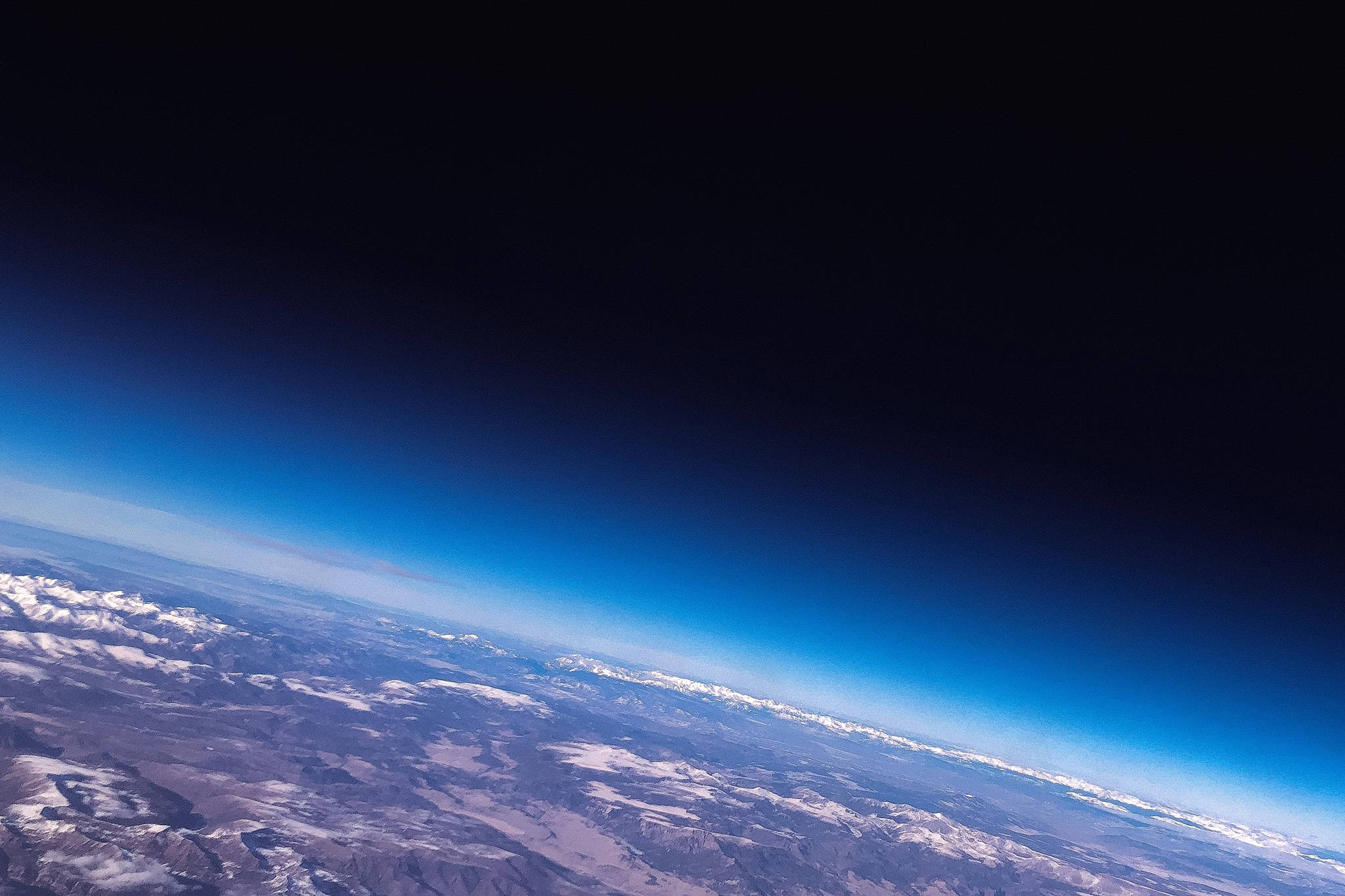By William Hibler
The key to climate variations, be it orbitally induced ice-age cycles or climate change due to enhanced CO2, is the feedback of other physical constituents to natural or man-made changes in radiation balance at the Earth’s surface.
In the case of CO2, it is the concomitant increase of atmospheric water vapor mass — Earth’s most dominant greenhouse gas — as CO2 increases. In the case of ice-age cycles it is snow and ice accumulation at the Earth’s surface, which, because of the asymmetry of land masses in the northern and southern hemispheres, can lead to nonlinear response to seasonal radiation changes due to Earth’s orbital changes (Milankovich theory) about the sun. For CO2 changes, there are also multiple equilibrium states due to ‘thermohaline circulation’ (induced by salt fluxes and boundary temperature conditions) in the ocean, which like the atmosphere, plays a key role in transporting heat from the equatorial regions (with more radiation warming) to the high latitudes, without which we could not easily be living in Alaska.
The important point in both these types of climate change is that, barring solar luminosity changes, over a seasonal cycle the amount of short-wave radiation received from the sun at the top of the Earth’s atmosphere is on average balanced by outgoing long-wavelength black body radiation plus reflected solar radiation. However, in both cases if we look at radiation absorbed by the Earth’s surface and its seasonal variation numerous potential extreme climate states emerge from relatively simple physical theories.
In the case of ice-age cycles, simple nonlinear albedo feedback models (Budyko/Sellers theory) can, with tuning, lead to a theoretical explanation of ice ages even without considering seasonal changes of radiation. The principle here is that, imagining snow and ice covering the polar regions reflecting solar radiation at the surface, as the snow/ice moves further equatorward at some latitude the system becomes unstable and can maintain either a mostly snow/ice covered planet with the ice-line south of a critical latitude; or a mostly temperate earth with the ice-line poleward of this latitude. Going a little deeper as was done in the ‘60s and ‘70s you can factor in seasonal variations of radiation yielding ice ages by having, say, the roughly 30,000-year cycle in the Earth’s tilt and other cycles in Earth’s elliptical orbit precession, lead to warm winters and cold summers in the northern hemisphere where more land mass enhances glacier formation. Indeed, using sediment cores in the ‘70s scientists at New York’s Lamont-Dougherty Observatory of Columbia University verified this general theory of ice ages.
In the case of CO2 warming, its main scientific basis rests on one dimensional radiation models. The simplest is that of Richard Goode, a long gone Harvard Professor. Neglecting clouds, for pre-industrial conditions just approximate the atmosphere as two layers of glass totally opaque (100% absorbing) to long-wave radiation but transparent to solar-radiation. Since, by ‘black body’ radiation theory these panes emit radiation downward and upward equivalent to what they absorb, by simple arithmetic you can calculate surface temperatures close to observations. Moreover, by considering n panes with n also being non-integer (see the readable environmental text “Consider a Spherical Cow”), and imagining CO2 increases in absorption are matched about equally by absorption from increased atmospheric water vapor, you can come up with passable agreement with observed increased global surface temperatures due to CO2 induced warming.
However, it is when considering the poleward transport of heat by the atmosphere and ocean, that things start to get interesting in an enhanced CO2 climate. Considering the atmosphere to be a heat engine driven by the classic thermodynamic Carnot Cycle pole to equator temperature gradient, mid-latitude atmospheric cyclonic activity is likely enhanced by CO2 induced radiation imbalances in Winter. This activity is a major contributor to poleward transport of heat but also to snow in Texas. Concerning flooding, solid atmospheric theory says increased water mass will inexorably lead to increased precipitation.
Meanwhile, in the oceans, the Atlantic Thermohaline circulation, popularized by Wally Broecker, was shown earlier by Henry Stommel, a non-PhD oceanographer of great note, to have multiple solutions due to being driven by atmospheric temperature and salinity-fluxes (precipitation/evaporation). Indeed, the ‘drop-dead’ solution (arising from CO2 enhanced high latitude precipitation) with little northward heat-flux portrayed cinematically in ‘The Day after Tomorrow’ has been obtained in Atmosphere/Ocean Climate models. Whether the Thermohaline circulation has been slowing down in recent years is a matter of great debate among Oceanographers.
As for the next ice age, it’s about time. But no worries. CO2 has saved us. Or is Thermohaline circulation the joker in the deck?
• William Hibler is an emeritus professor at the University of Alaska Fairbanks. He lives in Fairbanks. Before serving at UAF, Hibler was a professor of engineering at Dartmouth College and a visiting scientist at the Geophysical Fluid Dynamics Laboratory of Princeton University where the first Atmosphere/Ocean Climate models were developed.
Columns, My Turns and Letters to the Editor represent the view of the author, not the view of the Juneau Empire. Have something to say? Here’s how to submit a My Turn or letter.

